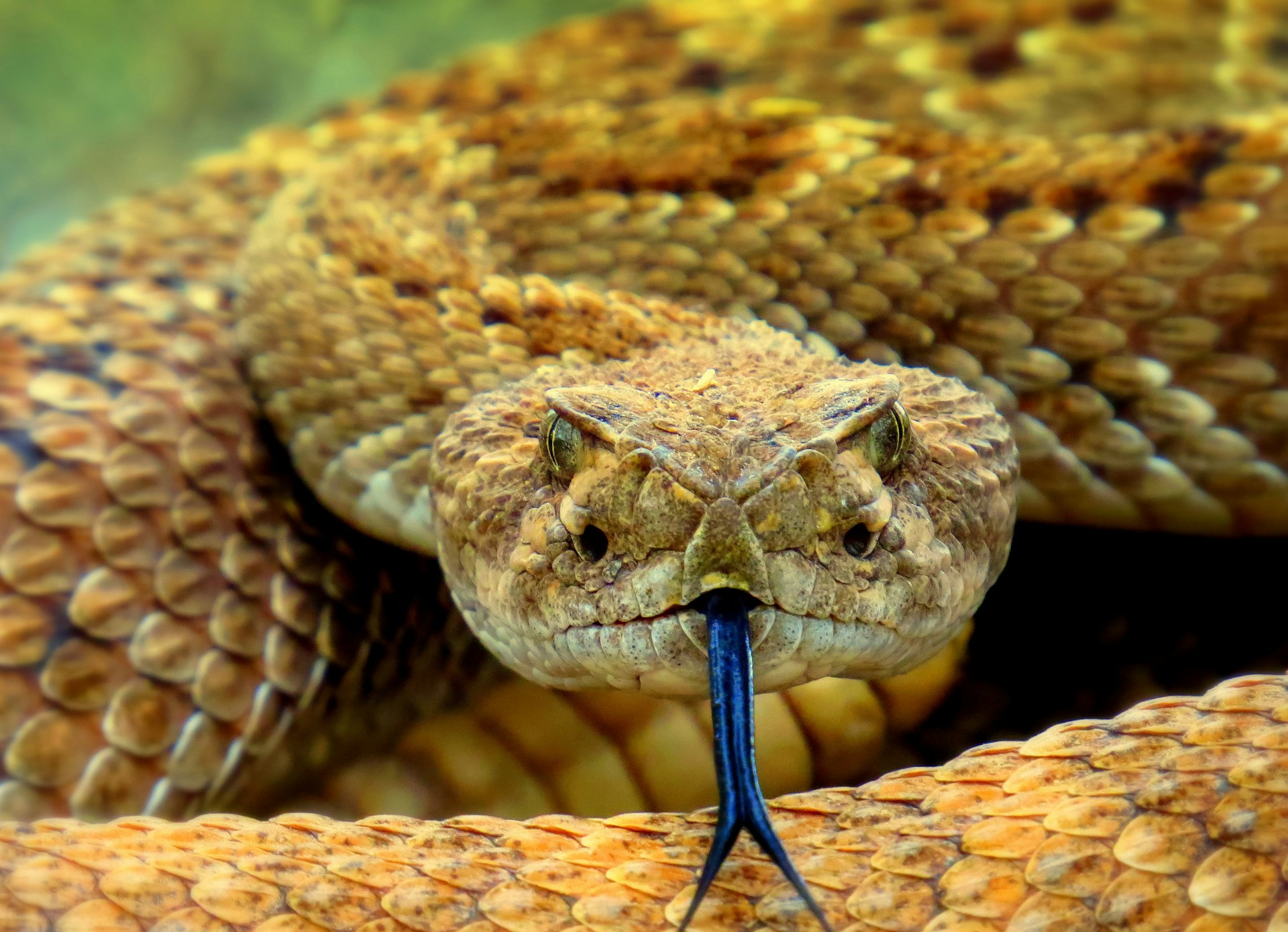In the intricate tapestry of the animal kingdom, venomous snakes stand out as remarkable and often misunderstood creatures. Armed with potent toxins, these reptiles have evolved a sophisticated mechanism for subduing prey and navigating the challenges of survival. While their reputation may evoke fear, delving into the world of venomous snakes unveils the fascinating biology and ecological importance that defines these intriguing predators.
Venomous snakes are found across the globe, inhabiting diverse ecosystems from dense rainforests to arid deserts. Their ability to adapt to a wide range of environments reflects the evolutionary success of this unique predatory strategy. Unlike constrictors that rely on sheer muscle strength to overpower prey, venomous snakes employ a more nuanced approach, injecting venom through specialized fangs to incapacitate and digest their meals.
The venom itself is a complex concoction of proteins and enzymes that varies among different snake species. Each venom type is finely tuned to the snake’s ecological niche, reflecting its preferred prey and hunting strategy. Some venoms target the nervous system, causing rapid paralysis, while others induce a breakdown of tissues or disrupt blood clotting. These adaptations showcase the intricate relationship between venomous snakes and their prey, shaped by the demands of the environment.
One of the common misconceptions about venomous snakes is the idea that they are inherently aggressive. In reality, snakes often use their venom as a last resort for self-defense or when hunting. Many species are naturally elusive and prefer to avoid confrontation with larger creatures, including humans. Understanding snake behavior and practicing caution in their habitats are crucial steps in minimizing the risk of snakebite incidents.
Venomous snakes play a vital role in maintaining ecological balance within their ecosystems. As predators, they help control populations of rodents and other small animals, preventing overpopulation and its associated impacts on plant life and other fauna. In this ecological dance, snakes act as both regulators and contributors to biodiversity, shaping the delicate equilibrium of their habitats.
One of the well-known venomous snakes is the iconic cobra, renowned for its hooded display and potent neurotoxic venom. Cobras are found in various regions, from the Indian subcontinent to Africa, and are revered and feared in equal measure. The cobra’s distinctive appearance and behavior have made it a symbol in cultural narratives, symbolizing both danger and mystique.

Australia is home to some of the world’s most venomous snakes, including the inland taipan, also known as the “fierce snake.” Despite its formidable reputation, the inland taipan is elusive and rarely encountered by humans. The venom, although potent, is a crucial tool for securing its primary prey, small mammals, in the harsh Australian outback.
In North America, the rattlesnake is a familiar presence, recognized by its characteristic rattle. Rattlesnakes are equipped with venomous fangs that fold against the roof of their mouths when not in use, a feature unique to pit vipers. The rattling sound serves as a warning, alerting potential threats to the snake’s presence and giving them an opportunity to retreat.
While venomous snakes evoke a mix of fear and fascination, it is essential to appreciate their ecological importance and the role they play in maintaining the delicate balance of nature. Understanding and respecting these remarkable creatures can foster coexistence and contribute to the conservation of biodiversity, ensuring that these predators continue to thrive in their diverse habitats.
If you enjoyed this read, check out our other posts.













What do you think?
Show comments / Leave a comment